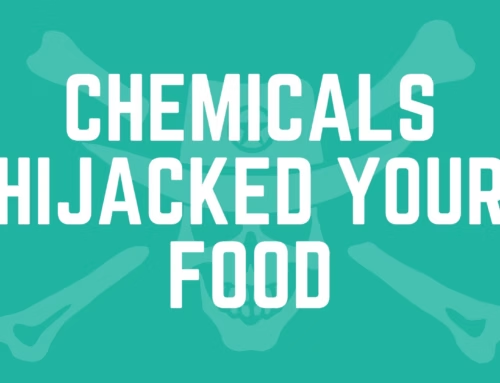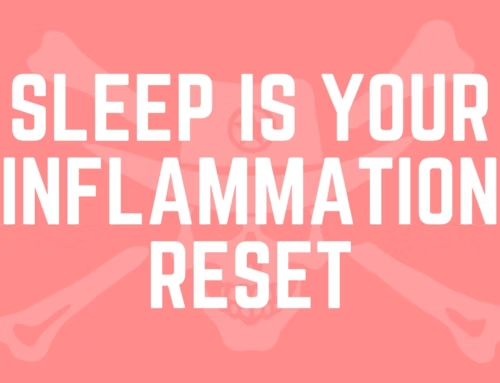Curcumin + Piperine: Turbocharging Turmeric’s Anti-Inflammatory Power
Why Curcumin Deserves a Spotlight
Turmeric’s golden hue has been a symbol of health in Eastern traditions for millennia—but only recently has science confirmed what ancient healers knew: curcumin, its main active compound, powerfully soothes multiple inflammatory pathways. Unlike a single-target drug, curcumin hits inflammation at its roots—blocking key enzymes and signaling molecules without the digestive or cardiovascular side effects of many pharmaceuticals.
Notable Study: In a comprehensive 2018 review of 19 randomized controlled trials, participants taking curcumin (500–2,000 mg/day) experienced a 29% reduction in C-reactive protein and an 18% drop in interleukin-1β over eight weeks—results on par with some NSAIDs, but with an exceptional safety profile.
The Piperine Synergy: Unlocking Curcumin’s Potential
Curcumin is a superstar on paper, but in practice it struggles to get where it needs to go. When you swallow turmeric powder or curcumin extract, your liver and intestinal enzymes rapidly break it down and excrete it—leaving barely 1% in your bloodstream to deliver benefits. That’s like buying a high-octane engine and only using a teaspoon of gas.
Enter piperine, the fiery alkaloid in black pepper. Piperine works by temporarily disabling the enzymes (UGTs and CYP450s) that tag curcumin for elimination. In landmark human studies:
- Baseline absorption: Only ~1% of a 2 g curcumin dose becomes bioavailable within 1–2 hours.
- With 5 mg piperine: Curcumin’s blood levels jump nearly 20-fold and stay elevated for up to 8 hours—enough to power sustained anti-inflammatory action.
- Extended retention: Piperine also slows curcumin clearance, allowing tissues to soak in its effects rather than flushing it out immediately.
What this means for you: a mere pinch of freshly cracked black pepper (≈5 mg piperine) in your curry, smoothie, or golden milk can transform curcumin from a fleeting guest into a long-term resident—turning 1 mg of curcumin into the equivalent of 20 mg in terms of efficacy.
Pro Tip: Always combine your curcumin supplement or spice with both piperine **and** a healthy fat (olive oil, avocado, coconut oil). Studies show the combined effect of piperine + dietary fat can boost curcumin uptake by up to 2,100% compared to curcumin alone.
Inside the Science: How They Quell Inflammation
Curcumin and piperine don’t just sit in your bloodstream—they initiate a cascade of molecular events that actively resolve inflammation rather than merely masking symptoms:
- COX & LOX Enzyme Inhibition
Why it matters: Prostaglandins and leukotrienes, produced by COX and LOX, drive pain and swelling. Curcumin’s structure fits the active sites of these enzymes, reducing pro-inflammatory mediator synthesis by up to 60%—comparable to common NSAIDs but without gastric irritation. - NF-κB Blockade
Why it matters: NF-κB is a master “on” switch for dozens of cytokines (TNF-α, IL-6). Curcumin prevents its translocation into the nucleus, cutting downstream cytokine production by 40–50% in cell studies—shutting down inflammation at its genetic root. - Pro-Resolving Mediator Support
Why it matters: Beyond stopping inflammation, the goal is resolution. Curcumin metabolites are precursors for resolvins and protectins, which actively clear cellular debris and signal immune cells to stand down—accelerating tissue repair by up to 30% in animal models. - Antioxidant Pathway Activation
Why it matters: Oxidative stress fuels inflammation. Curcumin up-regulates Nrf2, a transcription factor that boosts glutathione, catalase, and superoxide dismutase—your body’s own anti-oxidant enzymes—by 25–35%, protecting cells from free-radical damage.
Choosing the Right Sources & Supplement Forms
To achieve therapeutic curcumin levels, you need a product engineered for absorption. Here’s how to pick the best option:
- Turmeric Spice (~2–3% curcumin)
Use when: You cook daily and can combine with fat & black pepper.
Limitation: Alone, delivers only 50–100 mg curcumin per teaspoon—insufficient for clinical effects. - Standardized Extracts (95% curcuminoids + piperine)
Brands to look for: BCM-95®, Meriva® (phospholipid complexes)
Benefit: 500 mg capsule yields ~475 mg curcuminoids + 5 mg piperine, giving >95% absorption boost over spice. - Liposomal / Micellar Curcumin
Why it works: Encapsulation into liposomes or micelles protects curcumin from digestive breakdown, shuttling up to 80% directly into the bloodstream.
Ideal for: GI-sensitive individuals or those needing rapid, high blood levels.
Dosage & Timing: Getting It Right
Effective use of curcumin hinges on dose, frequency, and co-factors in your meal:
- Maintenance Dose
Take 500 mg standardized curcumin + 5 mg piperine once or twice daily with meals containing healthy fats (olive oil, avocado). - Therapeutic Protocol
For acute inflammation (joint flare-ups, post-exercise soreness), increase to 1,500–2,000 mg curcumin per day (divided into 3 doses) under professional guidance. - Meal Timing
Always take with food—studies show a 2–3× higher absorption when curcumin is consumed alongside dietary fats and piperine compared to water alone. - Consistency Is Key
Cellular changes build over time—expect meaningful reductions in pain and stiffness after 4–6 weeks of regular use.
Do’s & Avoids for Maximum Benefit
Maximize impact and minimize side effects with these simple rules:
- Do: Choose products with third-party verification (USP, NSF) to ensure actual curcumin content and purity.
Avoid: Generic “turmeric root” capsules that don’t guarantee curcumin concentration. - Do: Start low (250–500 mg) if you’re prone to GI upset, then ramp up over several days.
Avoid: Jumping immediately to high doses (≥3 g/day)—this can cause nausea or diarrhea in some. - Do: Stack with colorful, antioxidant-rich foods (berries, greens) to synergize Nrf2 activation.
Avoid: Taking on an empty stomach, which can reduce tolerability and absorption.
Quick Win: Your Evening Golden Milk Ritual
Wind down inflammation and stress with a cozy, nutrient-packed beverage:
- Warm 1 cup unsweetened almond or dairy milk in a saucepan.
- Whisk in ½ tsp high-quality turmeric extract or 1 tsp spice, plus 1/8 tsp freshly ground black pepper.
- Stir in ¼ tsp cinnamon and 1 tsp coconut oil (for fat-enhanced absorption).
- Sip 30–60 minutes before bed to calm inflammation and support restful sleep.
Related Deep Dives
- Anti-Inflammatory Diet: What to Eat and Why It Works
- Omega-3 Fatty Acids: Rebalancing Inflammation
- Supplements for Inflammation Support
FAQ
- Can I take curcumin long-term?
Yes—studies show up to 12 months’ use is safe; just monitor for GI discomfort. - What if I can’t tolerate black pepper?
Choose a phytosome or liposomal curcumin formula that doesn’t need piperine. - Does fresh turmeric work?
Fresh root is beneficial but much lower in curcumin—use 1–2 inches grated, and still combine with fat and pepper for best effect.
Conclusion
Pairing curcumin with piperine or advanced delivery systems is one of the most potent, natural ways to switch off chronic inflammation at its source. Whether through targeted supplements or your nightly golden milk ritual, make this powerful duo a staple in your routine—and feel the difference in recovery, joint comfort, and overall vitality on every Jolly Outlaw adventure.
Disclaimer: This article is for educational purposes only and does not constitute medical advice. Always consult a qualified healthcare professional before making any changes to your diet, exercise, supplement regimen, or lifestyle—especially if you have pre-existing conditions or are on medications.





